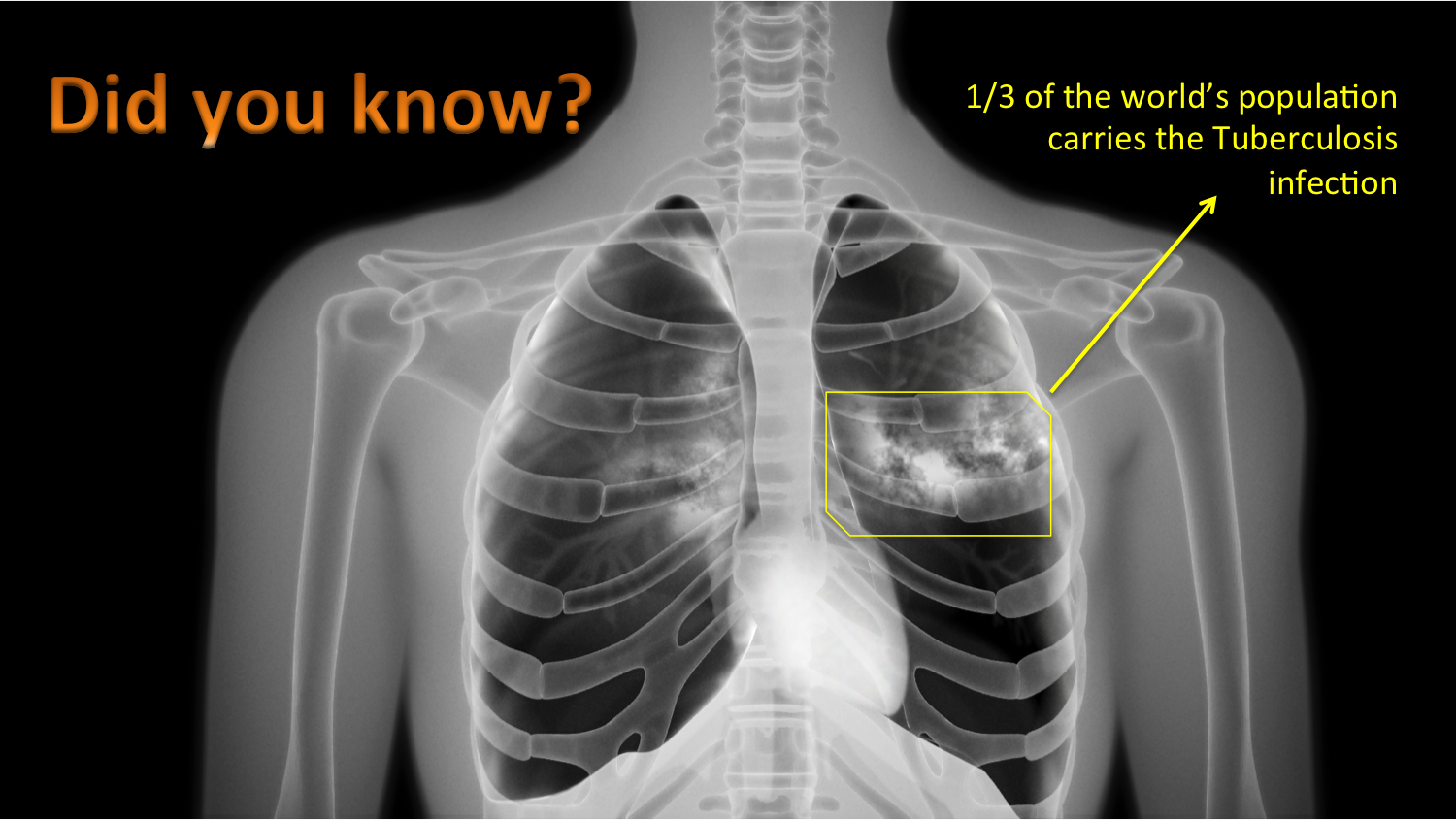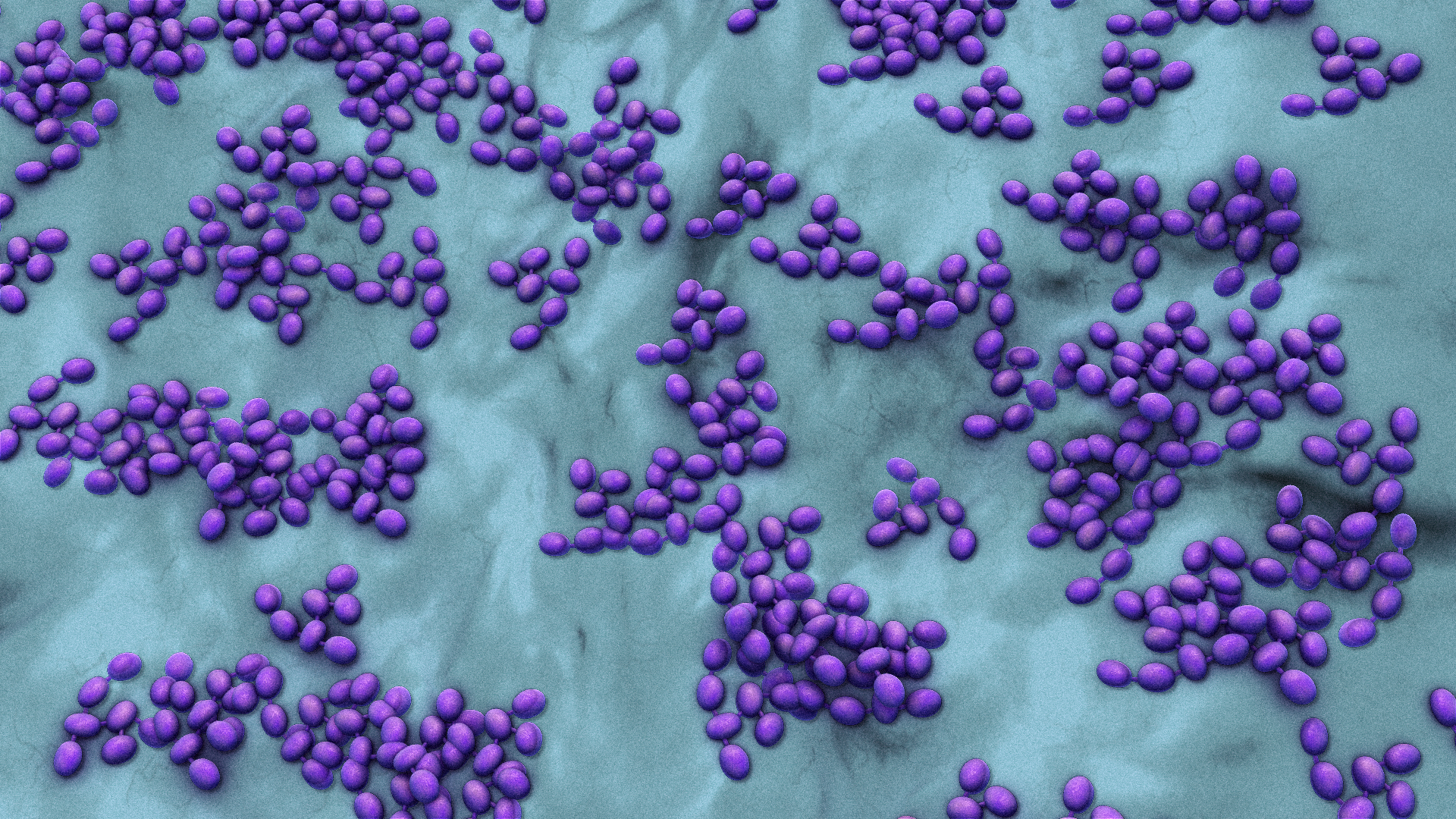
Carolyn Bertozzi, a Howard Hughes Medical Institute (HHMI) investigator, discovered that a modified trehalose sugar molecule can penetrate the cell wall of TB bacteria act as a diagnosis marker. The method potentially helps early detection and treatment. The finding was reported in the journal Science Translational Medicine.
"If you can't even get an accurate diagnosis, how do you treat people?"
- Bertozzi
Tuberculosis killed more than 1.7 million people worldwide in 2016. Despite its devastating health toll, detecting Mycobacterium tuberculosis, the bacteria that causes TB, remains a challenge. Current diagnosis uses chemical stain tests that are only 32% - 94% accurate. These tests have remained unchanged for decades. In this light, Bertozzi’s discovery bolsters the fight against TB.
Bertozzi is a chemist who studies the molecules that make up bacterial cell walls. She was fascinated by the cell wall biology of Mycobacterium tuberculosis and started observing it with a team of scientists who held personal stakes in tuberculosis research. That’s when the researchers realized that trehalose molecules that build up the bacterial cell wall might offer a way to flag living M. tuberculosis cells.

The team discovered that a chemical beacon called DMN, when away from water, could make the flag glow under certain wavelengths of light. Because the mycobacterial cell wall membrane is highly thick and greasy, it is the “perfect place for DMN to light up.” Moreover, DMN remains ‘off’ until a cell tucks it into its membrane.
The test was also performed using DMN-Tre, a hybrid molecule of DMN, on an M. tuberculosis relative. Within minutes, the bacteria grabbed the molecule, incorporated it into their cell membranes, and began to glow under a fluorescent microscope.
Because the molecule relies on bacteria to actively incorporate it into the membrane, DMN-Tre method can distinguish metabolically active cells (living cells) from the dead ones. Hence, this method has an edge over existing TB detection methods. This property lets clinicians monitor how well treatments are working in people, and perhaps even test whether certain mixtures of drugs would work against specific strains of M. tuberculosis.
Although more work needs to be done, Bertozzi is optimistic that this discovery could be a gamechanger in the TB diagnosis space.

Deaths from Infectious Diseases in US: What’s changed in 100 Years?
Infectious diseases are no longer the major killers in the U.S. that they once were, but they still surprise us. That’s what the report published in the journal of the American Medical Association (JAMA), tells. Read More..








